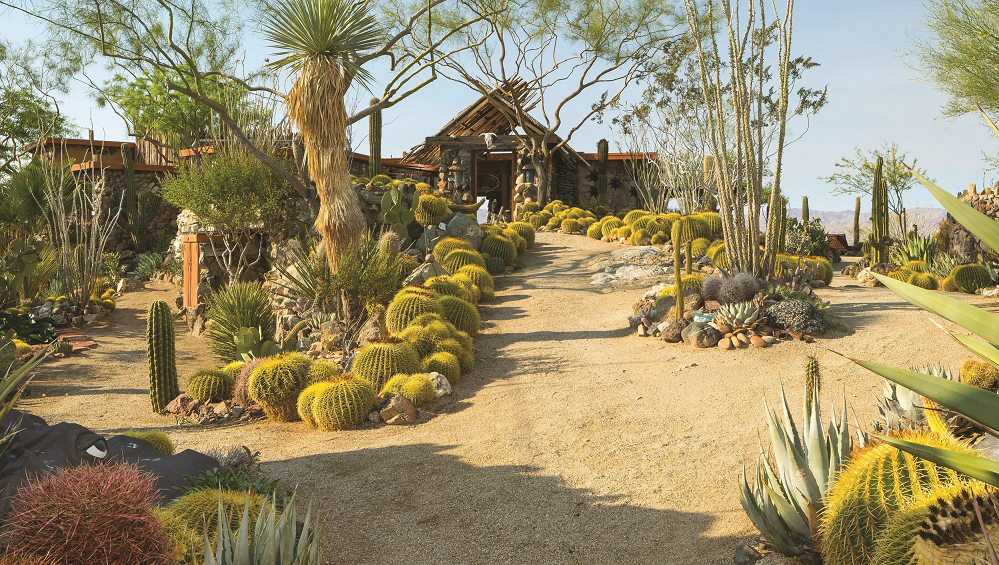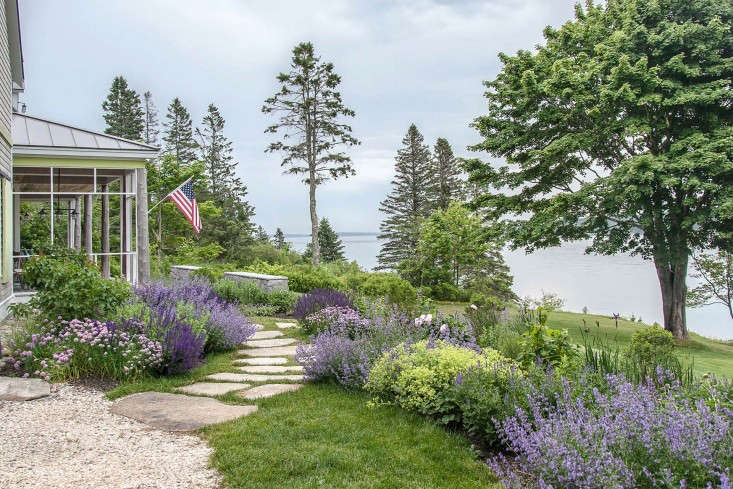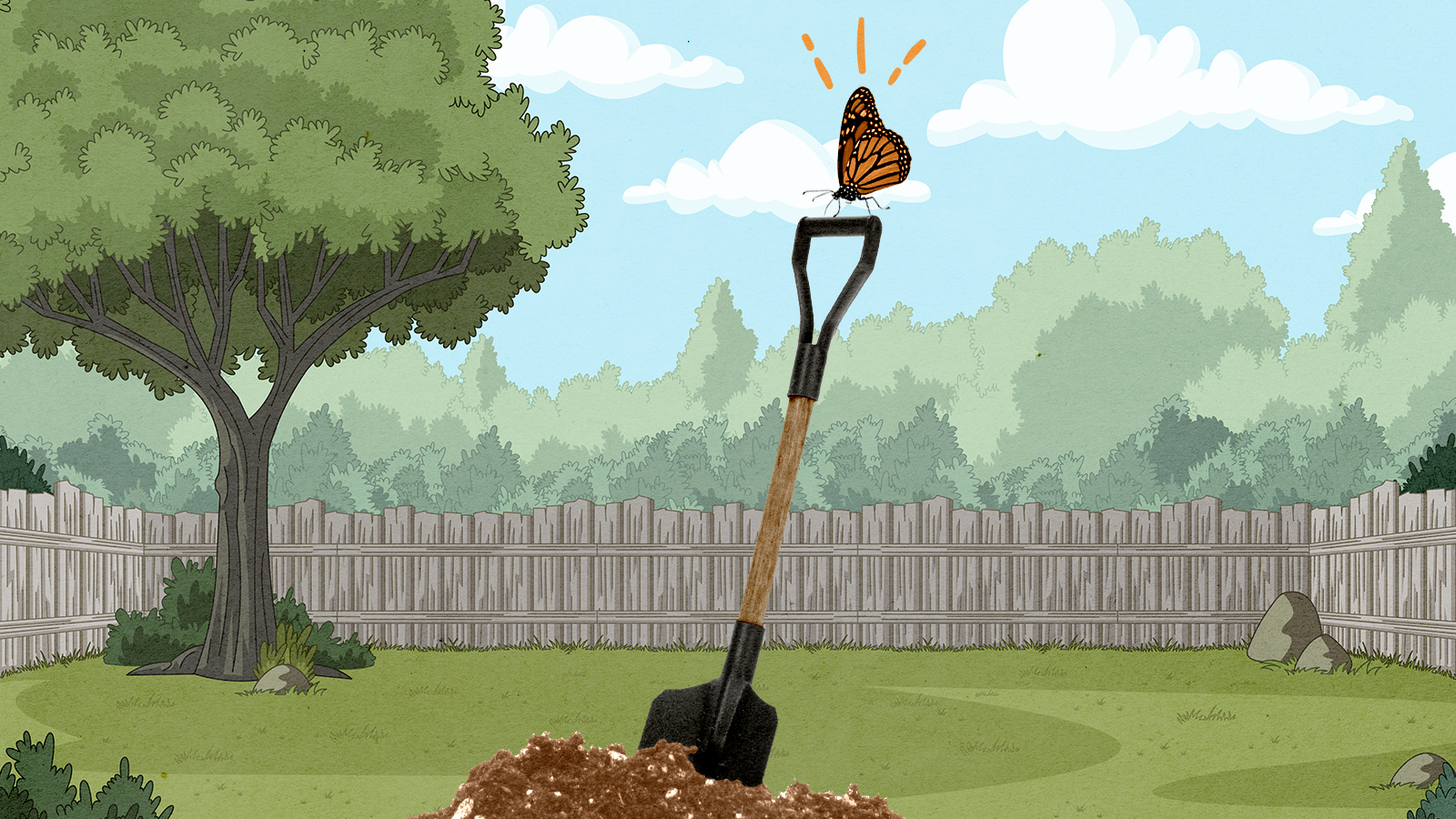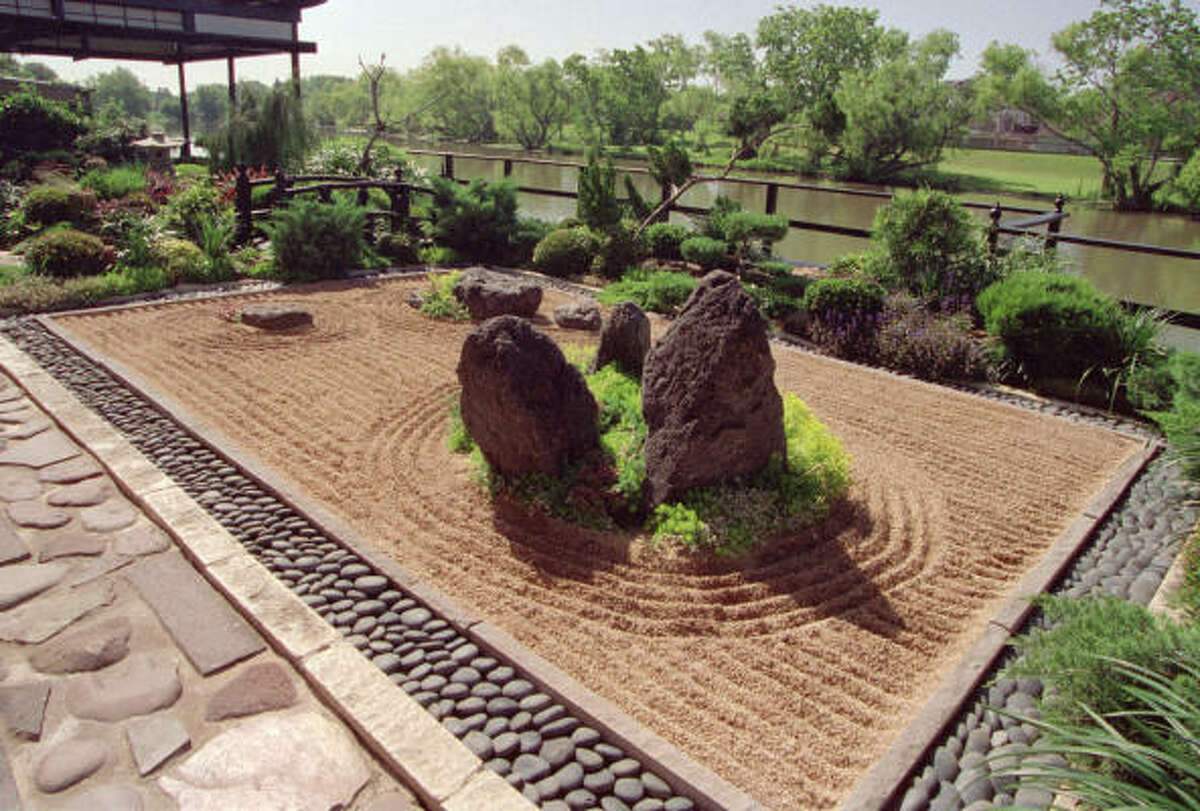Desert Landscaping: Creating Stunning Arid Gardens in California’s Dry Regions
California’s desert regions are known for their unique and captivating landscapes. With their rugged beauty, diverse plant life, and striking geological formations, these arid areas serve as inspiration for the niche of desert landscaping. This landscaping style allows homeowners in California’s dry regions to create stunning gardens that embrace the allure of the desert while conserving water and adapting to the challenging climate.
Desert landscaping offers numerous benefits to homeowners. One of the key advantages is water conservation. Traditional lawns and gardens require significant irrigation to maintain their lush appearance, which can be challenging in arid regions. Desert landscaping focuses on using drought-tolerant plants that are adapted to the dry conditions, reducing the need for excessive watering and preserving precious water resources.
Another benefit of desert landscaping is its low-maintenance nature. With the use of native desert plants, homeowners can create landscapes that are resilient and require minimal upkeep. Desert plants, such as cacti, succulents, yuccas, and agaves, are well-suited to the arid climate, requiring less water and little to no fertilization. This not only saves time and effort but also reduces the need for chemical interventions, promoting a more environmentally friendly approach to gardening.
In terms of design, desert landscaping offers a range of possibilities. The key is to create a landscape that reflects the natural beauty of the desert while incorporating elements that enhance the visual appeal. Rock gardens, for instance, can mimic the geological formations found in the desert, featuring arrangements of various-sized rocks and boulders. These elements add texture and create a sense of depth in the landscape.
Additionally, desert landscapes can include gravel or sand pathways that wind through the garden, providing an opportunity to showcase desert-adapted plants along the way. By incorporating different sizes, shapes, and colors of rocks and pebbles, homeowners can create a visually striking contrast against the plants and create a sense of harmony within the landscape.
One of the highlights of desert landscaping is the use of cacti and succulents. These plants come in a wide array of shapes, sizes, and colors, offering endless design possibilities. From tall and spiky cacti to small and colorful succulents, these plants add a unique and exotic touch to the landscape. Additionally, desert blooms, such as desert marigolds, desert sunflowers, and penstemons, can provide vibrant bursts of color during the blooming season.
To further enhance the appeal of the desert landscape, homeowners can incorporate hardscaping elements, such as terraces, patios, or outdoor seating areas. These areas can be adorned with desert-inspired decor, such as rustic furniture, clay pots, or metal art, to create a cohesive and inviting outdoor space.
In conclusion, desert landscaping allows homeowners in California’s dry regions to create stunning gardens that embrace the unique beauty of the desert while conserving water and adapting to the challenging climate. By incorporating drought-tolerant plants, rock formations, gravel pathways, and hardscaping elements, homeowners can create landscapes that require minimal maintenance while showcasing the captivating allure of the desert. Desert landscaping offers a sustainable and visually appealing approach to gardening, providing an oasis of beauty amidst the arid surroundings.






Leave A Comment
You must be logged in to post a comment.